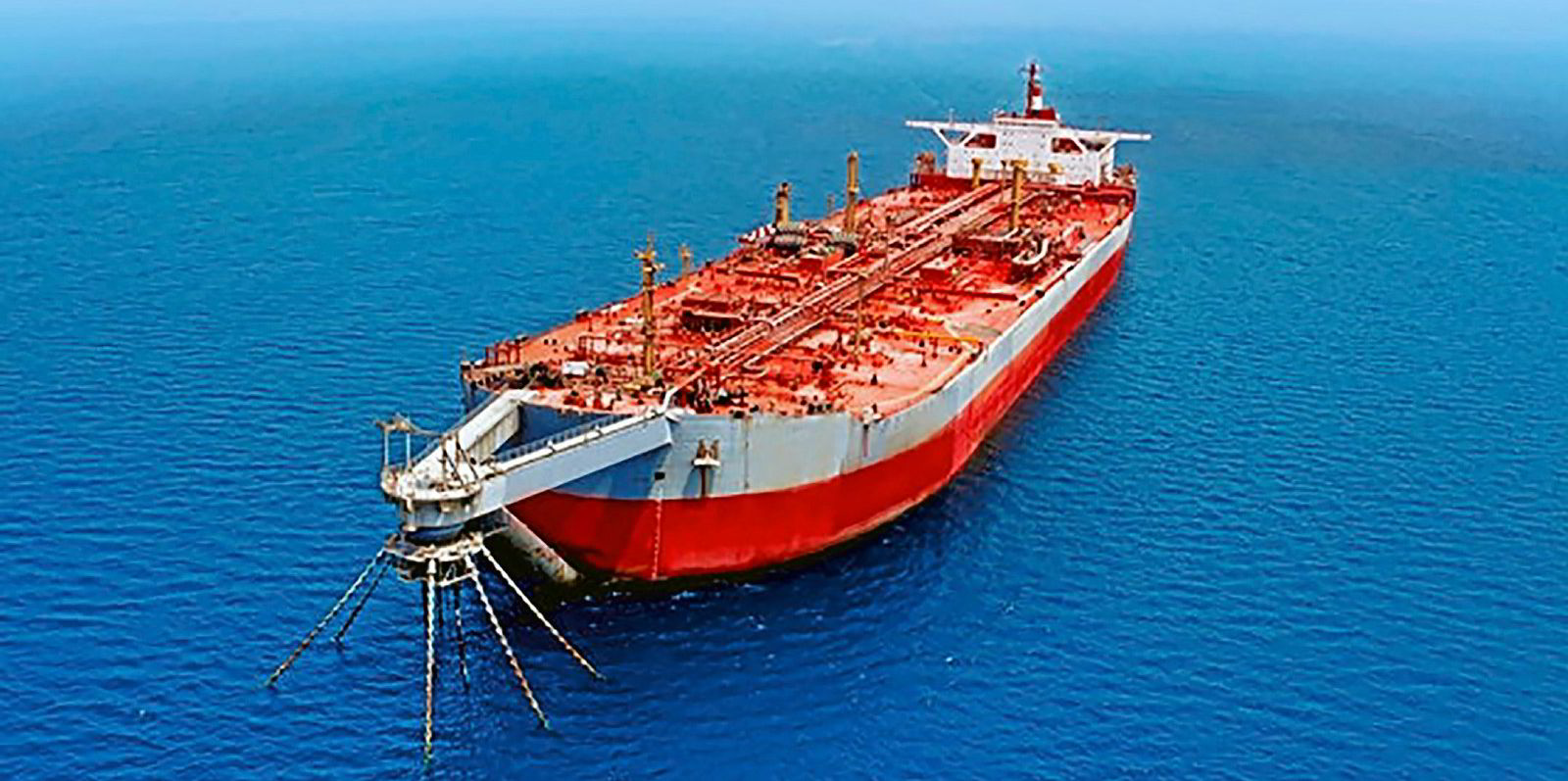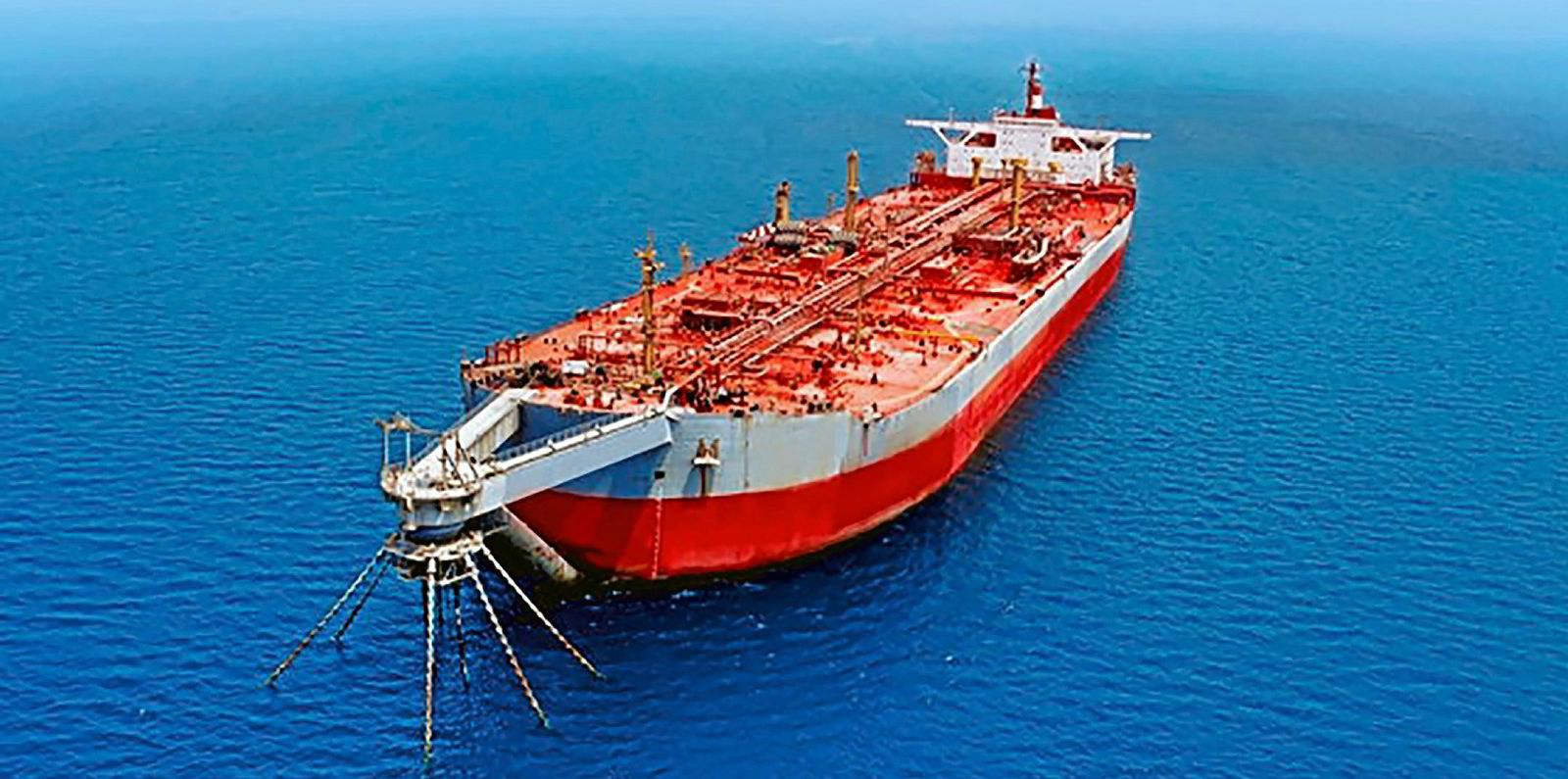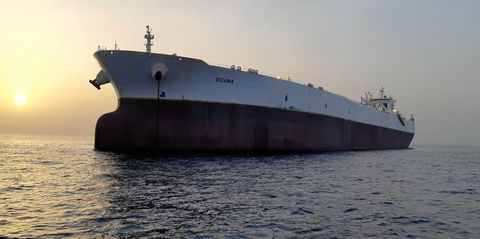A $20m appeal to recover 1.1m barrels of crude from a decaying vessel off the coast of Yemen has raised just $100,000, amid growing fears of an environmental catastrophe in the Red Sea.
The United Nations aimed to raise the last of the $80m needed by the end of June to start emptying the 407,000-dwt FSO Safer (built 1976) that is at imminent risk of leaking and devastating the coastlines of Yemen and neighbouring states.
The UN launched a rare public crowdfunding appeal on 13 June to raise $5m and spur states and investors to come forward with the rest of the money needed to start the lightering.
But the appeal collected just $100,000 and states have not come forward with any further pledges beyond the $60m promised by donors.
“We have raised three-quarters of the $80m from donors and more than $100,000 through the crowdfunding campaign,” said Russell Geekie, spokesman for the UN’s resident coordinator in Yemen, David Gressly.
“While we expect to raise more through the crowdfunding, a key objective of the campaign is to raise awareness to encourage donors that have not yet contributed to do so now, as well as private companies.”
He said discussions continued with donors but no new pledges had been made by states since Gressly launched the appeal.

It means the work will not be able to start, with concerns that worsening weather in October and November will increase the chances of the decaying floating storage and offloading vessel breaking up 4.8 nautical miles (8.9 km) off Yemen’s coast.
Gressly told France24 that the ship’s captain had warned that it was “extraordinarily lucky it hasn’t broken apart or exploded already” because of its poor state.
“We are really living on borrowed time right now,” he said. Environmentalists have described the Safer as a “ticking time-bomb”.
Exxon Valdez
The FSO has about four times the amount of crude oil on board that was spilled by the Exxon Valdez in 1989.
It has not been maintained for seven years since an offensive by Iran-backed Houthi rebels forced Yemen’s president to flee and prompted a Saudi-led military intervention in 2015.
A deal was struck in spring to lighter the oil from the Safer, which is under the control of the Houthis, and eventually replace the rotting FSO. The overall project is expected to cost $144m.
But the first critical part of the programme cannot start until the first $80m is in place, Geekie said.
Nearly half of the money needed for the first phase was raised at a funding conference in May, while the US and Saudi Arabia have both contributed $10m. But the latest push has failed to deliver so far.
The UN says a leak would cause a major humanitarian and environmental disaster that would hit Yemen hardest but could also have a profound impact on neighbouring countries including Djibouti, Eritrea and Saudi Arabia.
Gressly said any leak would in effect block the Bab el-Mandeb strait, a strategic link in the maritime trade route between the Mediterranean Sea and Indian Ocean. It would close ports and cost the global economy billions. Fishing grounds would be destroyed for up to 25 years, according to Gressly.
At the launch of the appeal, Gressly pushed for the extra $20m by the end of June.
“$20m is really not much when you look at the overall cost that this catastrophe would have,” he said.
“If indeed there were a spill, the estimates that we’ve received on the clean-up alone would be $20bn.”





